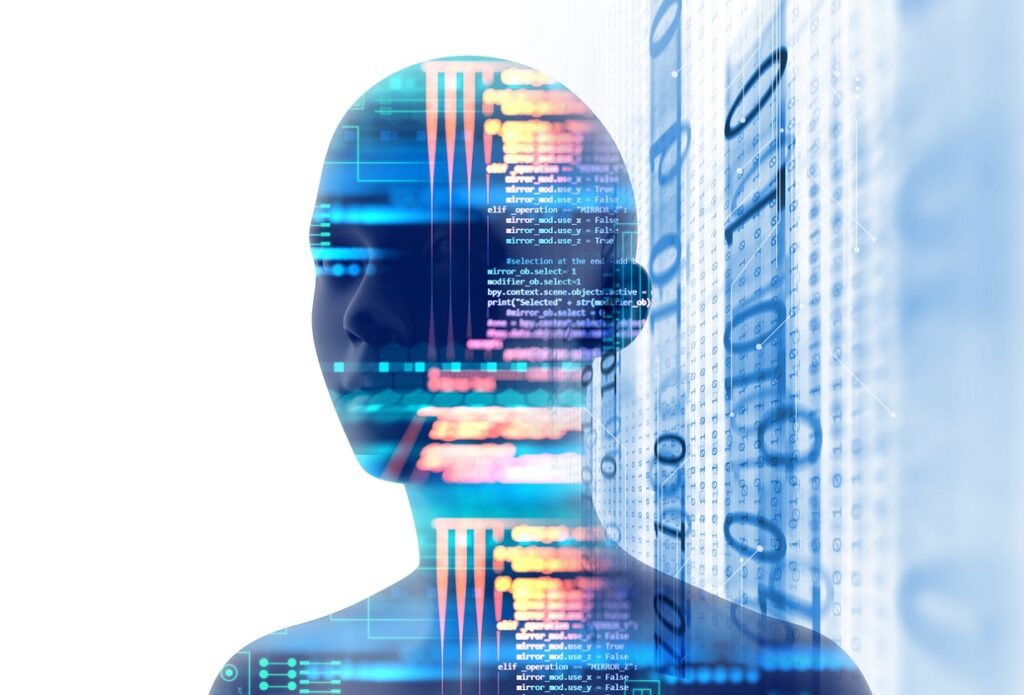As many recruiters will tell you, finding the right person for a job can feel like looking for a needle in a haystack; it’s not uncommon for employers to receive hundreds of applications for an opening, only to find that most of the resumes don’t lead to a potential hire.
The statistics are quite dismal: a recent Forbes report found that “85% of applicants don’t hear back after submitting an application and 71% of employers claim that they can’t find a candidate with the right skill set.”
It’s a vicious cycle. Job seekers are throwing resumes at every available posting in a method colloquially known as the “spray and pray” approach, and employers are having a hard time cutting through the clutter. Lower success rates increase the seekers’ perception that recruitment is a numbers game.
This misconception is further encouraged and facilitated by the proliferation of online job search tools, which make the application process more streamlined by making the applications less focused. So it seems that hiring, in its current form, is a difficult, tedious, and often frustrating process – and it’s only getting harder.
Indeed, the average number of days it takes to fill a vacant position increased from approximately 15 days in 2010 to 26 days in 2016. As the economy recovers and companies pursue faster growth, employers are struggling in their search for talent.
Technology-based solutions to date have ranged from developing a social media presence to employing a ‘resume-bot’; the former helps to attract higher quality applicants, while the latter parses applications and filters for required skills. However, these strategies are still flawed.
It seems that hiring, in its current form, is a difficult, tedious, and often frustrating process – and it’s only getting harder.
They often result in an increased burden on the employer, or unintentionally screen out qualified candidates because of formatting issues on the resume. Clearly, the recruiting industry is still sorely in need of help, and AI may be poised to become an unexpected hero.
AI and Deep Learning
Artificial Intelligence was born in the 1950s and underwent rapid growth in the 1990s, after which it had a serious falling from grace. This change in attitude was largely due to the fact that the field had not lived up to the expectations it had advertised. Big Data became the tech world’s new darling, and AI was relegated to the back seat for a while.
However, the field has recently been re-energized by Deep Learning, a technique loosely inspired by the human brain. In Deep Learning, many simple algorithms, known as ‘neurons’, are arranged in stacks and connected together to form a much larger algorithm. Structuring code in this way allows programs to perform incredibly complex tasks, and get better at them over time.
This might sound like the stuff of science fiction, but it’s all around you today. Facebook uses Deep Learning to auto-tag your friends with eerie accuracy when you upload a photo; driverless cars handle unexpected situations with grace (most of the time); Amazon’s Alexa can tell you the time, the weather, or even a joke; a team from Stanford just announced an AI that diagnoses skin cancer.
How can Deep Learning be applied to recruiting practices?
Deep Learning is most effectively applied in areas where it can learn from vast quantities of data. It needs examples of inputs and outcomes; the more examples you provide, the smarter it gets. Over time, the algorithm gains the ability to assign outcomes to situations that it’s never seen before.
Fortunately, there are countless databases that provide information on talent and hiring. LinkedIn profiles, as well as resumes from enterprise Applicant Tracking Systems, can be used to facilitate algorithms’ “learning.” Imagine harnessing the performance information in your corporate HR platform, and using it to improve the accuracy and efficiency of your recruiting system.
One application of Deep Learning that is undergoing extensive research is role matching – the process of determining which candidates are most qualified for a given position. A typical matching strategy might begin by exposing a Deep Learning model to a large dataset of candidate profiles, each of which has been labeled as either “successful” or “unsuccessful” in specific roles.
In Deep Learning, many simple algorithms, known as ‘neurons’, are arranged in stacks and connected together to form a much larger algorithm.
Over time, the model develops its own understanding of what makes a candidate suitable for a job. Eventually, it can predict which candidates are most likely to be a fit for an open position.
It’s not just startups that are exploring this space; Google recently announced that they are researching similar techniques, and released a Jobs API earlier this year.
The progress so far
Early results for these matching algorithms have been uncanny. Initially, models yielded the same efficiency and accuracy as a generic keyword search between candidates and jobs. But the more data it was provided, the smarter the Deep Learning model became, gaining the capability to distinguish between nuanced skillsets, goals, and qualifications.
At my company, we’ve seen programs that have achieved almost-human abilities to match candidates with relevant openings. The programs are capable of understanding individuals and roles to evaluate potential compatibility based on cumulative learning. With access to large numbers of resumes, Deep Learning could help solve a problem that has been plaguing the recruiting process for years.
New algorithms promise to get you the top pick for the position – or at least shortlist the top twenty contenders.
AI has also been shown to yield benefits outside of candidate matching, such as reduced bias and an improved candidate experience. Hiring and recruitment applications of AI and Deep Learning are still in their infancy, but I can say with confidence that Deep Learning will have a fundamental impact on the industry and that the potential for change is real.





